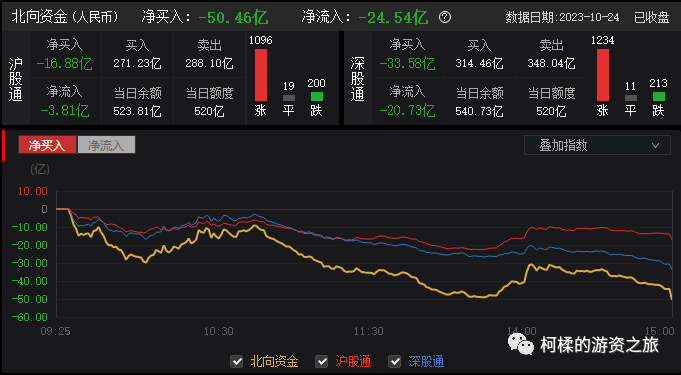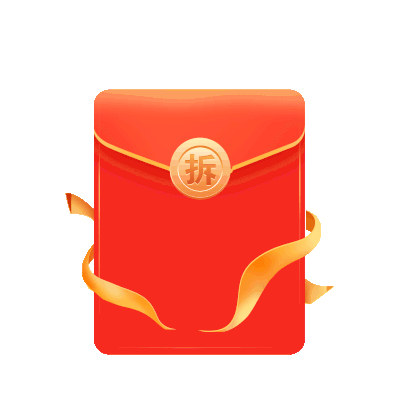
筷子(chopsticks)是中国传统的独具特色的进食工具(dining utensils),至今已有数千年的历史。筷子在古代被称为“箸”,大约从明朝开始才有了“筷子”的称呼。筷子多为竹子制成筷子英文,也有用木头、象牙(ivory)、金属或其他材料制作而成。它要么上方下圆,要么上下全圆而上粗下细。不管其形状如何,筷子必须是成对使用的,并且两只筷子的大小长短要相同。筷子是中国人日常生活的必备工具,它的发明充分反映了中国人民的智慧。
翻译范文:
Chopsticks, with a history of thousands of years, areunique traditional Chinese dining utensils. Theywere called “zhu” in ancient China and the name of”Kuai Zi” began to be used in Ming Dynasty.Chopsticks are usually made of bamboo. Some aremade of wood, ivory, metals or other materials. Their upper parts are square and lower partsround, or they are all round with thicker upper parts and thinner lower parts. Whatever theirshapes are, they are used in pairs and the pair must be identical to each other. chopsticks arethe necessary dining utensils in Chinese people’s daily life, the invention of which fully delaysthe intelligence of Chinese people.
词句讲解
1.第一句的主干结构为“筷子是进食工具至今已有数千年的历史”可使用插入语的形式,进行补充说明,使用 with ahistory of…进行翻译。
2.第二句“筷子在古代…”中包含时间状语“在古代”,因此句子的时态应为过去时。
3.在“它要么上方下圆…上粗下细”一句中,“上下”主要指的是筷子的上半部分、下半部分,使用upper part和lower part来表达;“上方下圆”英译时可以分享系动词are,译作upper parts are square and lower parts round,避免重复;“上下全圆”可译作句子的主干,后跟介词短语with thicker upper parts and thinner lower parts说明“上粗下细”的形状。
4.“不管其形状如何”在翻译时使用“whatever+n.(their shapes)+be动词”结构,相当于状语从句nomatter what their shapes are;“大小长短要相同”没有直译成 be of the same size and height,而译为be identical to each other,后者的译法更加优美。
5.最后一句中“它的发明…”可使用which引导的非限制性定语从句结构,对前一句进行进一步的说明。
Fate as hand palm, no matter how tortuous, always in their own hands.
命运如同手中的掌纹筷子英文,无论多曲折,
终掌握在自己手中。




1、本站资源针对会员完全免费,站点中所有资源大部分为投稿作者付费教程,切勿轻易添加教程上除本站信息外的任何联系方式,谨防被割,如有疑问请随时联系客服。
2、本站所有文章,如无特殊说明或标注,均为本站原创发布。任何个人或组织,在未征得本站同意时,禁止复制、盗用、采集、发布本站内容到任何网站、书籍等各类媒体平台。如若本站内容侵犯了原著者的合法权益,可联系我们进行处理。






 ×
×